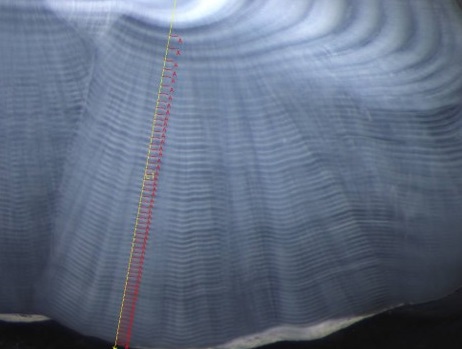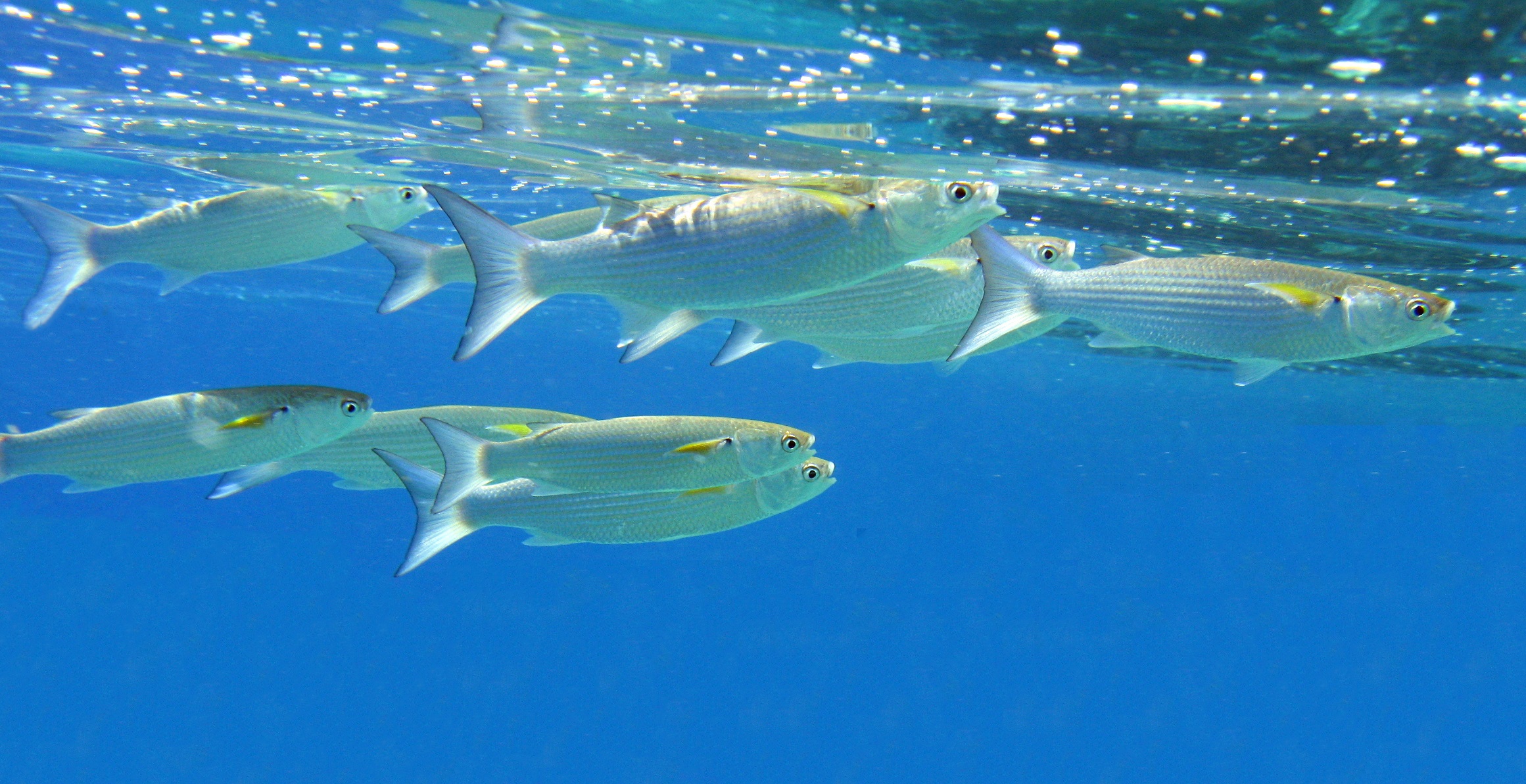Fish populations vary in size from year to year. Why is this? A team of researchers led by WUR ecologist Peter van der Sleen has a surprisingly simple answer: the temperature of the water is the key.
Van der Sleen obtained his doctorate as a forest ecologist at WUR with research on the annual growth rings of tropical trees. But he has another interest besides trees, namely fish, and this led him to switch research field after his doctorate. As a postdoc at the Marine Science Institute of the University of Texas, he worked on growth rings again, but this time those of fish.
Ossicles
The ossicles of fish have annual rings just like tree trunks. Researchers use this fact to determine the age of fish. ‘Until a few years ago, that was all they did,’ says Van der Sleen, ‘but you can get much more information out of the ring pattern. Just like with trees, it tells you something about the growth and living conditions of the fish.’

That growth is related to the temperature of the seawater first became clear to Van der Sleen when he studied the Pacific Ocean perch (Sebastus aluatus). ‘The pattern in the annual rings, and therefore the growth of the fish, almost perfectly tallied with the fluctuation in temperature’. And that pattern seems universal.
Fluctuations
But that pattern says nothing about the fish population of a species. ‘Data on fish stocks often show a very different pattern, with fluctuations over several years or decades. The growth of individual fish responds to the temperature of the seawater every year, but fish populations show fluctuations on a completely different timescale. What’s behind that?’
Van der Sleen found the answer in delayed reactions to those annual temperature fluctuations. The degree of delay is related to the lifespan of the fish and their place in the food chain. ‘A small, short-lived fish like anchovy reacts immediately to temperature. But a fish like the ocean perch, which is much higher up the food chain, does not show this immediate reaction.’
Everyone understands that when an animal builds up fat reserves, for example, they act as a buffer in the following year
Peter van der Sleen, ecologist Wildlife Ecology and Conservation
The mathematical models developed by Van der Sleen reproduced the long-term fluctuations in fish populations surprisingly well. ‘It is quite intuitive, actually,’ he says. ‘Everyone understands that when an animal builds up fat reserves, for example, they act as a buffer in the following year. If you calculate these kinds of processes mathematically, you can generate long-term patterns. With the water temperature as the main driver.’
Higher peaks
The link between fish stocks and temperature makes it possible to predict the consequences of climate change. Climate change will cause the temperature of the seawater to fluctuate more dramatically. ‘This could cause populations to experience higher peaks and deeper low points,’ suggests Van der Sleen cautiously. ‘Of course, fish could also adapt to the new situation, for example by moving to colder water. And fish populations are affected by other factors apart from temperature.’

 A school of fringelip mullet. Photo Peter van der Sleen
A school of fringelip mullet. Photo Peter van der Sleen